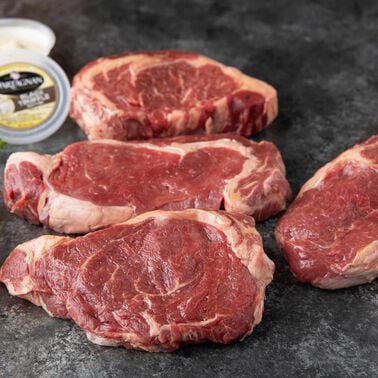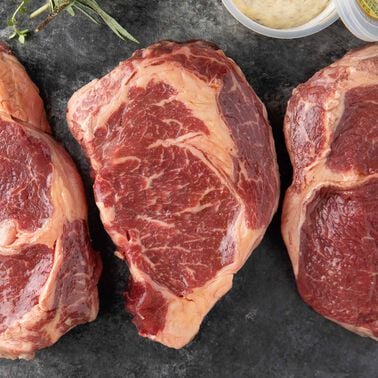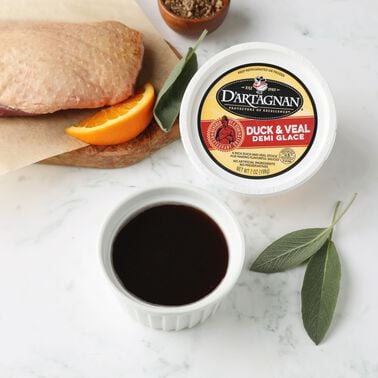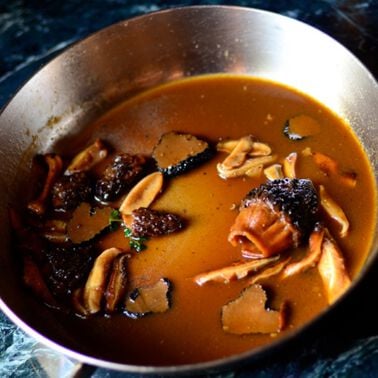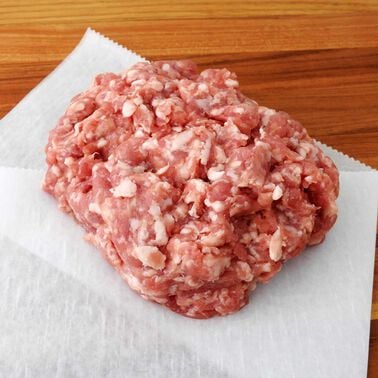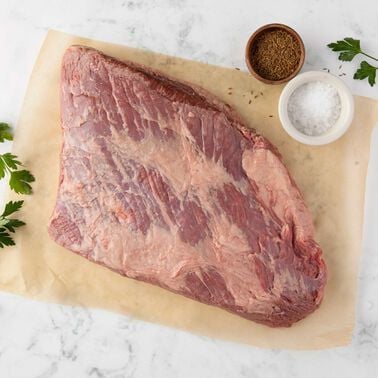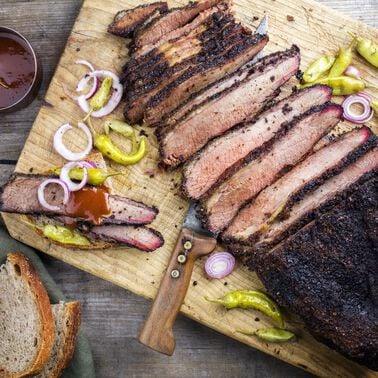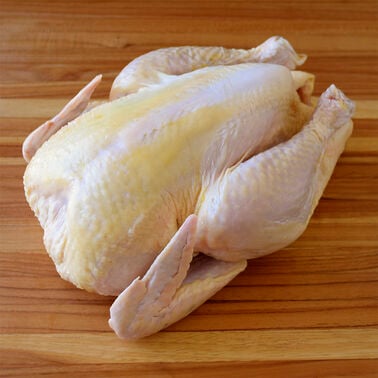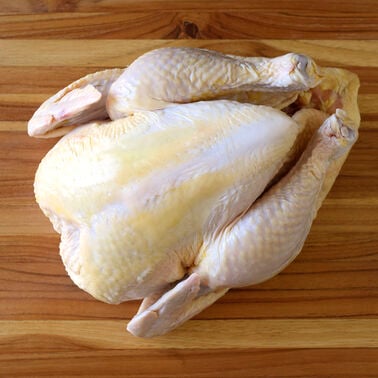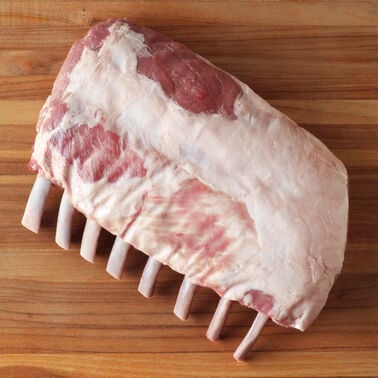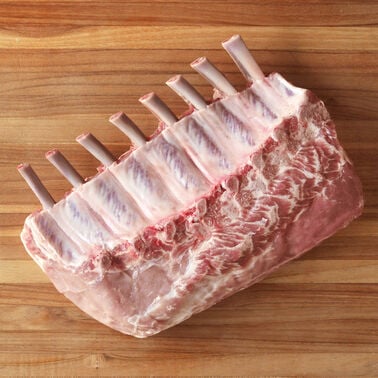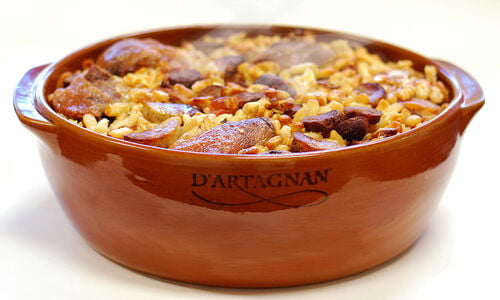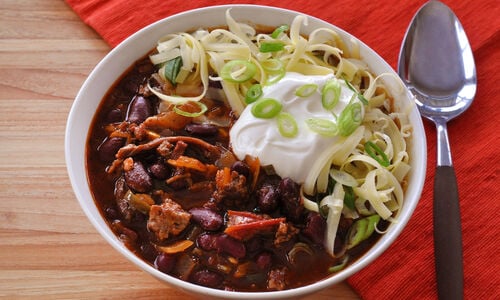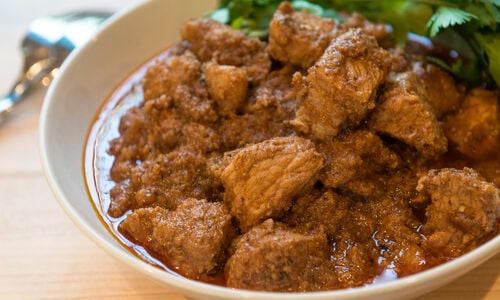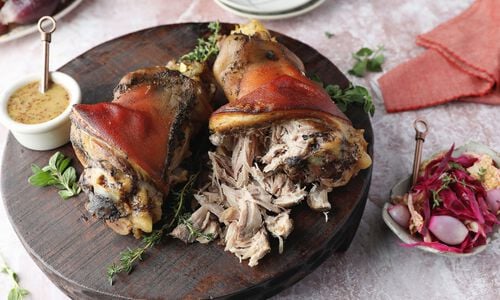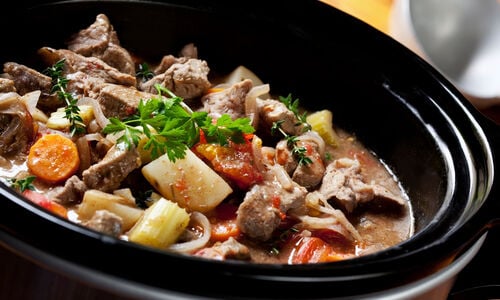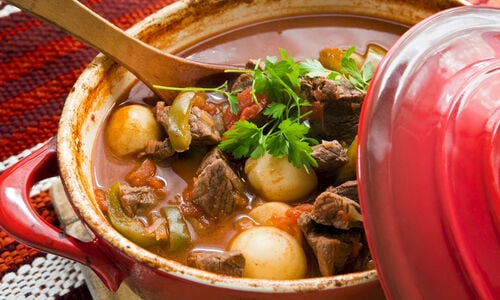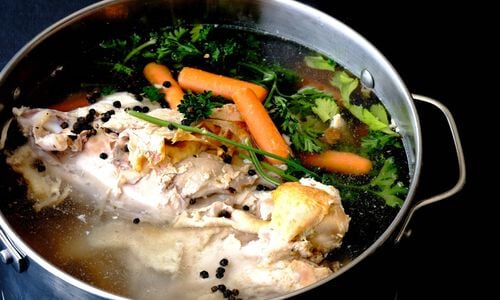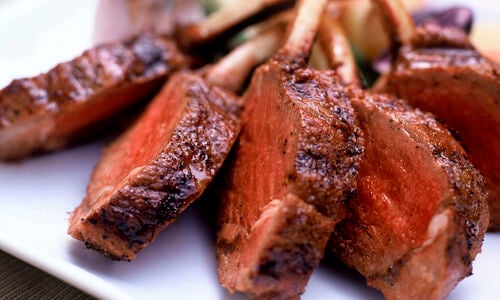
Reheating Basics
Addressing Safety Concerns It goes without saying that food that hasn’t been properly cooled and stored cannot be properly reheated. Bacteria that cause food poisoning grow best in temperatures of 41°F to 140°F (what the USDA refers to as the “danger zone”), so as not to allow bacteria time to multiply, your food should spend as little time as possible within these temperatures throughout its entire lifespan. This includes its initial preparation, cooling period, storage, and reheating process. Food should be cooled quickly and in small enough batches to reach room temperature in less than two hours and stored at temperatures below 40° F (4° C).
"Flash" Cooking and Other Reheating Methods
Most food can be flash cooked, a process by which to food is cooked at a high temperature (425° F to 475° F) for a period of two to ten minutes. This allows to food to reach its desired temperature but prevents overcooking. In order to be flash-cooked, food has to have a low density (very dense foods like stews and thick pieces of meat do not flash-cook well). For high-density foods, you can do one of two things. If the food is dry and runs the risk of overcooking (like many meats), it should be separated into smaller pieces then flash-cooked. For foods that retain liquid, like stews and casseroles, food can be reheated at around 350° F for approximately 20 minutes, to allow it to reheat uniformly.
Reheating Tips
- Make sure to arrange the food in a way that heats it evenly. By heating your food quickly and evenly, you minimize the time it spends in the temperature “danger zone” and avoid accidentally overcooking parts of the dish.
- Do not reheat food in Styrofoam containers or other containers meant for one-time use (such as take-out containers) as many of the chemicals used in these products can leach into your food.
- When reheating food, the total time that a food spends between 41° F and 165° F should not exceed 2 hours.
- Consume reheated food immediately or keep hot (above 165° F) in an appropriate holding unit.
- Avoid reheating food numerous times as this increases the amount of time it spends in the “danger zone” and increases the risk of food-borne illness.
Maintaining the Integrity of Your Meal
In addition to preventing food-borne illness, you will want to do your best to retain the taste and texture of the food that you are reheating.
Many different reheating methods can be used to reheat your meal. For example, using a broiler to reheat crispy, fried foods will help them stay crisp and prevent sogginess. While things like pan-fried fish can be safely and easily reheated using the same cooking method that they were prepared with.
By experimenting with different reheating methods, while still following the safety tips outlined above, you can ensure that your food's second life is just as safe and delicious as its first.
